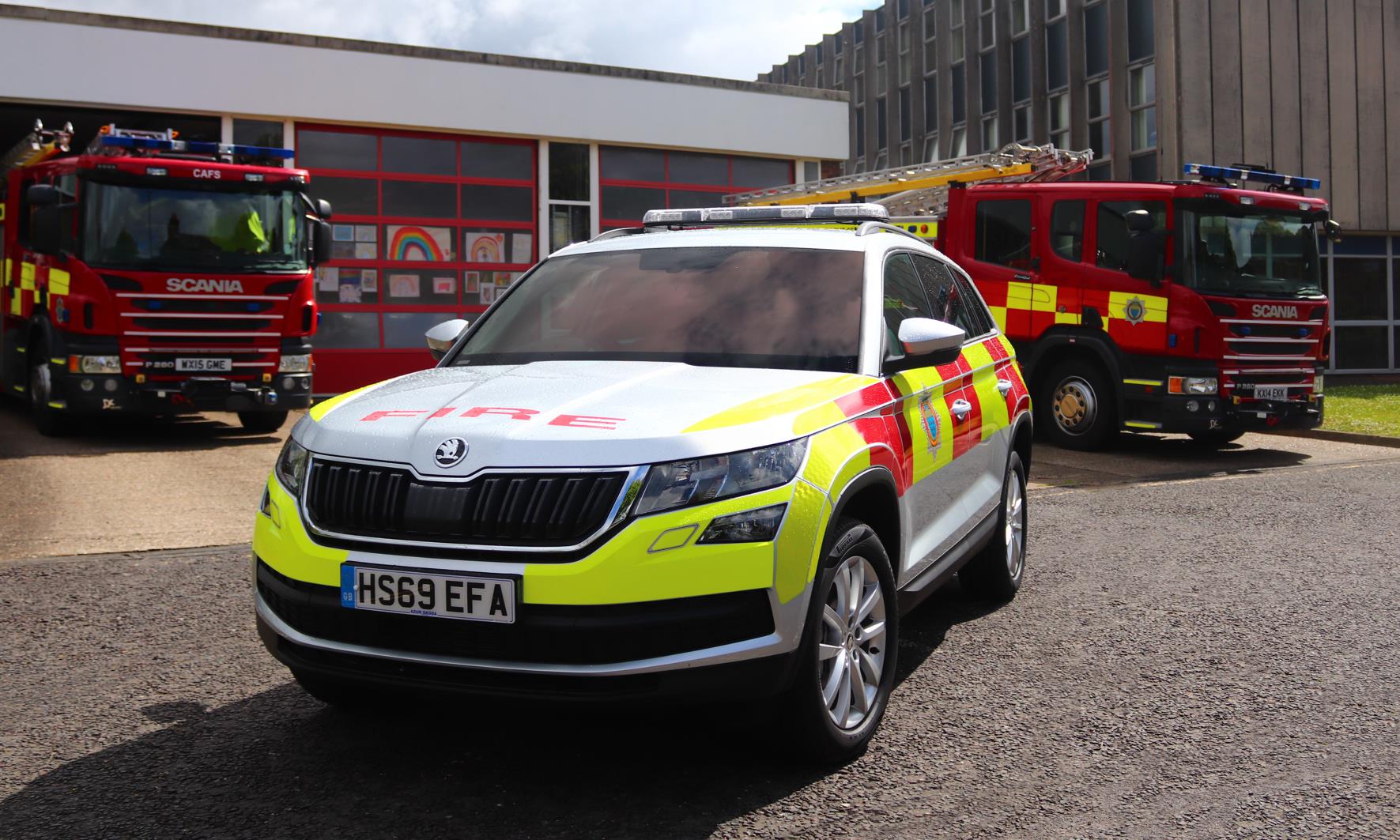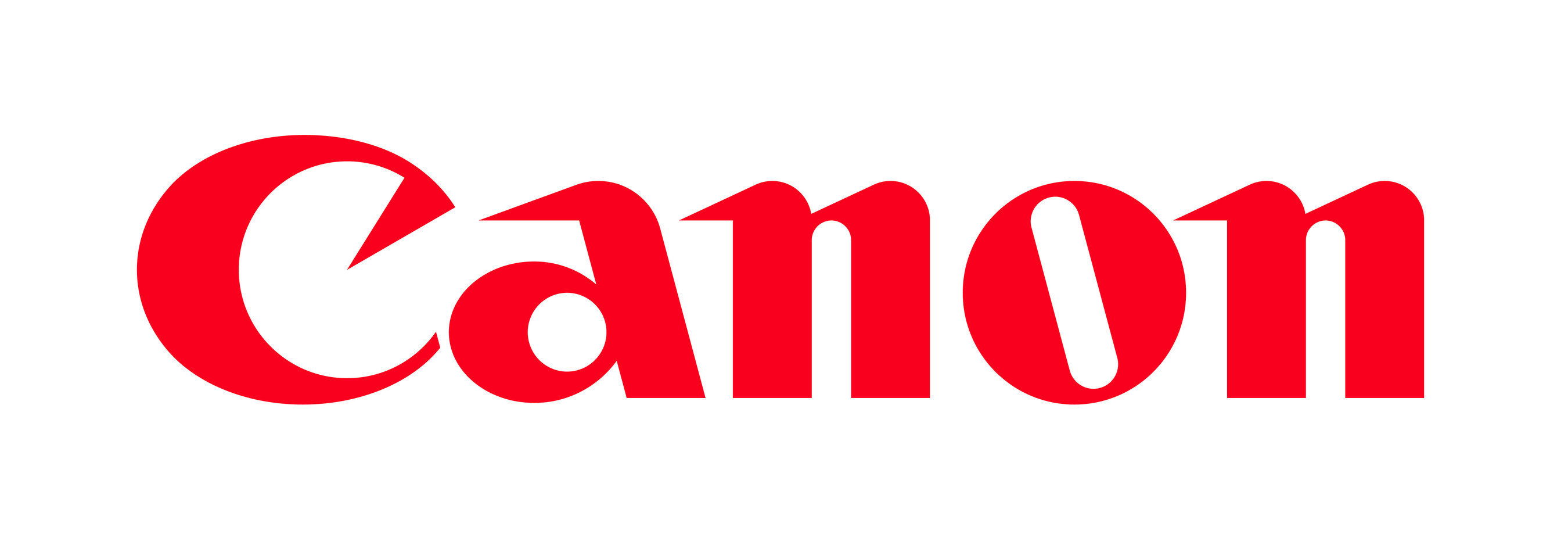NASA to Discuss Science on Next Northrop Grumman Space Station Mission

NASA will host a media teleconference at 11 a.m. EDT on Tuesday, Oct. 25, to discuss the next science investigations, technology demonstrations, crew supplies, and hardware bound for the International Space Station aboard Northrop Grumman’s Cygnus spacecraft on the company’s 18th commercial resupply mission for NASA.

Audio of the media call will stream live at:
NASA and Northrop Grumman are targeting launch no earlier than 5:50 a.m. EST on Sunday, Nov. 6. The Cygnus spacecraft, carried atop an Antares rocket, will launch from the Mid-Atlantic Regional Spaceport at NASA’s Wallops Flight Facility on Wallops Island, Virginia. The mission will carry scientific research, crew supplies, and hardware to the space station to support its Expedition 68 crew.
To participate in the call, media must RSVP at least two hours prior to the start of the event to Kiana Raines at 202-358-1160 or kiana.a.raines@nasa.gov. The public can submit questions on social media using #AskNASA.
Heidi Parris, associate program scientist for the International Space Station Program at NASA’s Johnson Space Center in Houston, will provide an overview of the research and technology launching aboard the Cygnus spacecraft.
Other teleconference participants include:
- Dr. William Olbricht, acting deputy division director for the Chemical, Bioengineering, Environmental and Transport Systems Division, National Science Foundation, will provide an overview of the foundation’s sponsored payloads on the mission.
- Dr. Ingrid Tomac, professor at the University of California, San Diego, and principal investigator for the Catastrophic Post-Wildfire Mudflows experiment, will discuss using this investigation to evaluate the roles of gravity and composition in mudflow formation.
- Dr. Anna-Lisa Paul, research professor at the University of Florida, Gainesville, and principal investigator for Plant Habitat-03, will discuss this experiment to assess whether adaptations in one generation of plants grown in space can transfer to the next generation.
- Dr. Andrea Fuso, associate professor at the Sapienza University of Rome and co-principal investigator for OVOSPACE, will discuss this investigation to examine the effect of microgravity on bovine cell cultures. This research could improve fertility treatments on Earth and help prepare for future human settlement in space.
- Rich Boling, vice president of corporate advancement for In-Space Manufacturing and Operations at Redwire Space, discuss the BioFabrication Facility with new capabilities to further human tissue printing research.
- Timothy Kudzanayi Kuhamba, senior systems engineer for the Zimbabwe National Geospatial and Space Agency (ZINGSA), will discuss the BIRDS-5 Project, a constellation of CubeSats, including the first satellites developed by Uganda and Zimbabwe. Bonny Omara, senior engineer for science, technology and innovation, Office of the President, also will be available to speak to the Ugandan satellite.
Cargo resupply from U.S. companies ensures a national capability to deliver critical science research to the space station, significantly increasing the ability of NASA to conduct new investigations at the orbital outpost. Other U.S. government agencies, private industry, and academic and research institutions can also conduct microgravity research through our partnership with the ISS National Laboratory.
Now in its third decade of operation, the microgravity laboratory advances scientific knowledge in Earth, space, physical, and biological sciences. Such research benefits people on Earth and lays the groundwork for future human exploration through the agency’s Artemis missions, which will send astronauts to the Moon to prepare for Mars.
Learn more about the mission and follow launch updates at:





